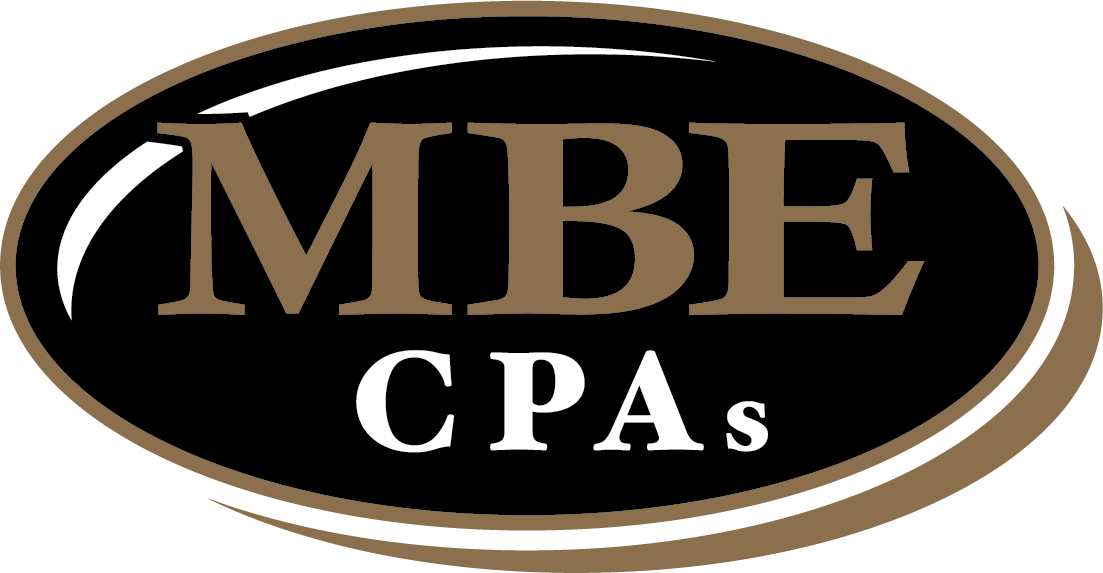SECURE 2.0 is Your Cue to Establish Retirement Plans

It’s difficult enough as it is to plan for one’s own retirement. If you’re an employer, amplify that feeling… let’s say, 50 times more. And with the recently signed Consolidated Appropriations Act of 2023 (SECURE 2.0 Act), you may be scratching your head and wondering how it will impact your employees’ retirement savings plans. With so much confusing language and multiple provisions to sift through, it’s hard to determine precisely how these changes will affect business owners. But to put you at ease (spoiler alert), there’s more good news than bad here.
Don’t let your head spin as you try to figure it out because we’re here to break down the most important things you must know about the SECURE 2.0 Act.
What is the SECURE 2.0 Act?
The SECURE 2.0 Act, signed into law on December 29, 2022, targets individuals traditionally less likely to participate in retirement savings plans, like small business employees. It is intended to expand retirement plan access, increase the portability of savings between jobs, and improve the types of investments offered. Furthermore, it introduces new incentives or tax credits for employers to start or maintain retirement plans.
How can employees take advantage of the new legislation?
An employer-sponsored plan is one of the company perks most sought after by employees. In fact, 79% believe 401(k)s and other contribution retirement plans are a must-have. Well, it is more accessible to save for retirement automatically through their paychecks.
With the changes brought by the SECURE 2.0 act, it’ll be even more difficult for job seekers to turn away from an offer that screams FINANCIAL STABILITY.
1. Increased Age For Required Minimum Distributions (RMDs)
Starting January 1, 2023, individuals must start taking out retirement assets at age 73 (previously 72). The age for RMDs will be further increased to 75 after ten years or on January 1, 2033. This means the funds can have more tax-free growth, AND plan participants can save on taxes as withdrawals will be made when they may be in a lower tax bracket.
2. Treatment of Student Loan Payments As Retirement Contributions
It’s hard to save for your future if your past keeps grabbing you by the tail…and student loans are not part of your past you can just leave behind. But here’s some good news, beginning in 2024, student debt repayments can be the basis for allowing matching contributions from employers. Thus, those saddled with student debts wouldn’t have to wait ‘till they’ve finished repayment before they can have a retirement plan.
3. Increased Catch-Up Contributions
People nearing retirement may find their savings insufficient and would like to “catch up” before the train leaves. Starting this year, employees 50 and over can make an additional annual contribution worth $7,500 (previously $6,500) over the standard limit for 401(k)s and other employer-sponsored plans. This amount will increase with inflation after 2023. And that’s not all. At ages 60 through 63, the allowable catch-up contribution will be whichever is higher, between $10,000 (inflation-adjusted) and 150% of the regular catch-up limit beginning in 2025.
If earning more than $145,000 (inflation-adjusted), catch-up contributions will be made to a Roth account. So say hello to tax-free withdrawals, interest earnings, dividends, and capital gains in the future.
4. Part-Time Employees’ Expanded Eligibility
5. Linked Emergency Savings Accounts
Starting in 2024, plan providers may offer emergency savings accounts within retirement plans. You may opt your lower-income employees into this, provided they do not opt-out. After this, they can make after-tax (Roth) contributions to an emergency fund. It may be eligible for penalty-free distribution at least once a month.
6. Permissible Tax-Free Withdrawals
Aside from the emergency savings account, an employee is faced with personal. Family emergency expenses may be allowed beginning in 2024 to be taken out up to $1,000 once per year from their retirement accounts. The employee can repay this withdrawal within three years, during which no further distributions will be allowed.
7. Saver’s Match
8. Retirement Savings “Lost and Found”
Did you know there are over 24 million “forgotten” 401(k) accounts with about $1.35 trillion in assets? Chances are, a few of these are owned by your employees who may have forgotten about their work-sponsored plans from three jobs ago.
Finding that lost 401(k) will be easier for them after two years once the online searchable database of plan administrators is established.
What’s in it for you?
Your employees may be part of the 48% who lack access to company-sponsored retirement plans. And a number of these employees work for small businesses.
If you’re troubled about the cost of starting and maintaining retirement plans, think again. This time, taking the following into consideration.
• Expanded Small Employer Retirement Plan Startup Cost Tax Credit
• Military Spouse Tax Credit
What’s next?
As a small business owner, you can help give your employees some peace of mind. And improve their financial and retirement outcomes while reaping some benefits for yourself.
Indeed, starting up a retirement plan for your employees is no easy feat. Not only do you have to figure out which plan to choose and how to set it up. But you also need to navigate through all of the 90 retirement plan-related provisions in the SECURE 2.0 Act. Luckily, MBE CPAs is happy to help you manage this task and ensure your employees’ retirement plans. Reach out to them today! If you have any queries or questions about the new law and how to get started,
This article was written by our marketing affiliate and contributor, Brand House Marketing. Reach out to them today for creative and custom-tailored marketing solutions for your company.
